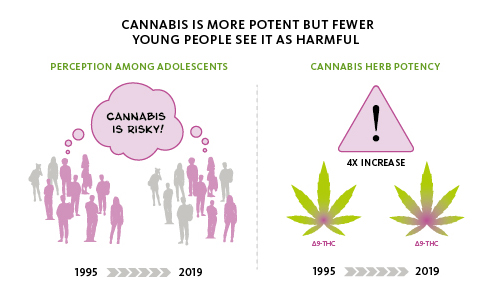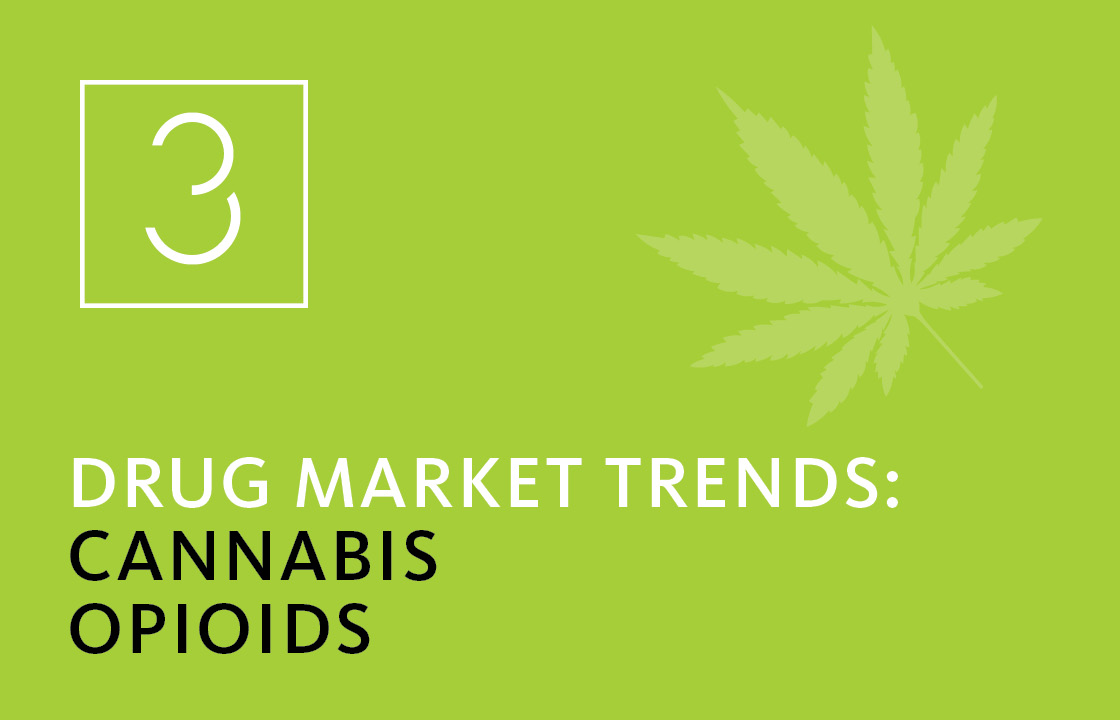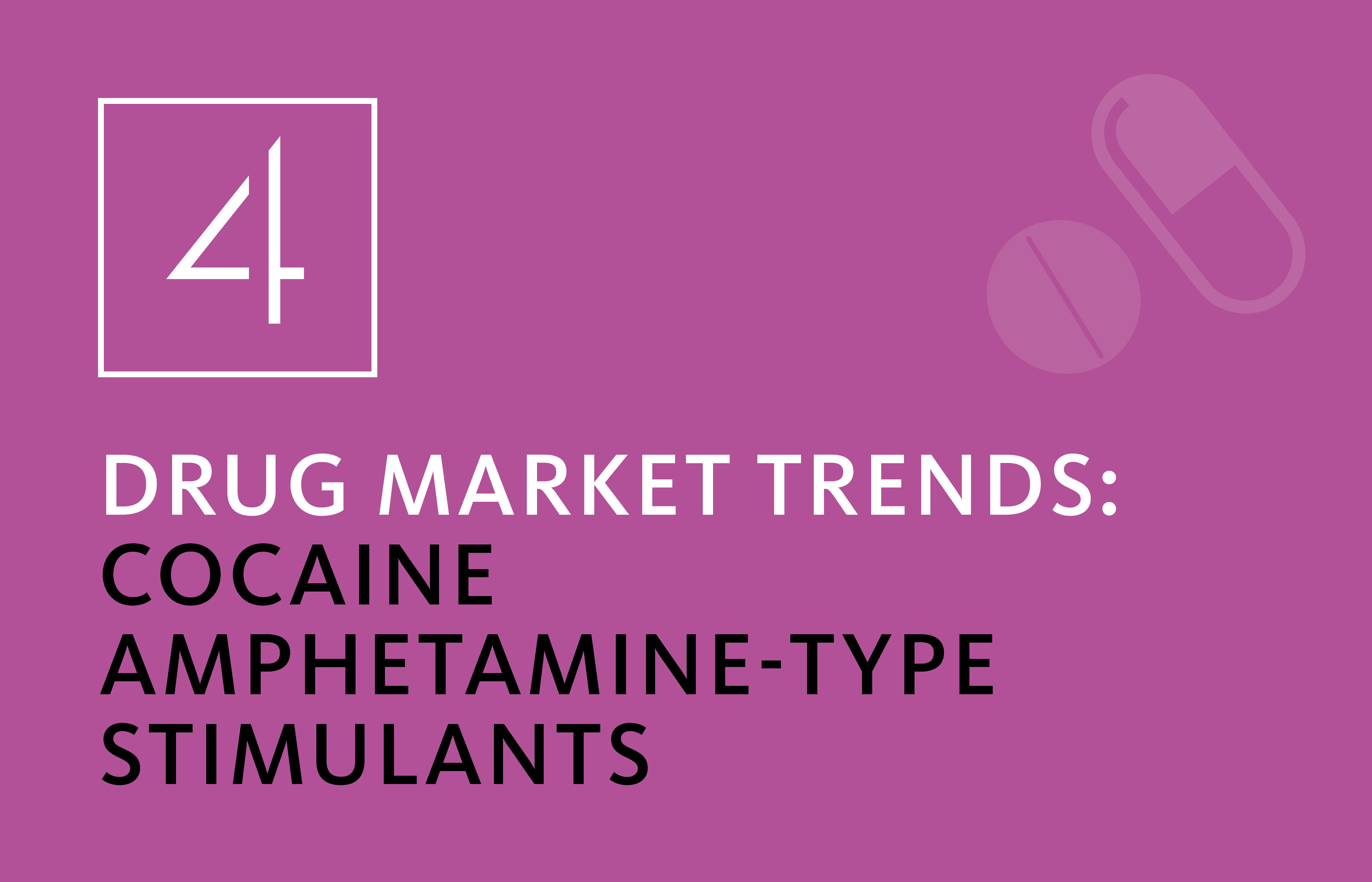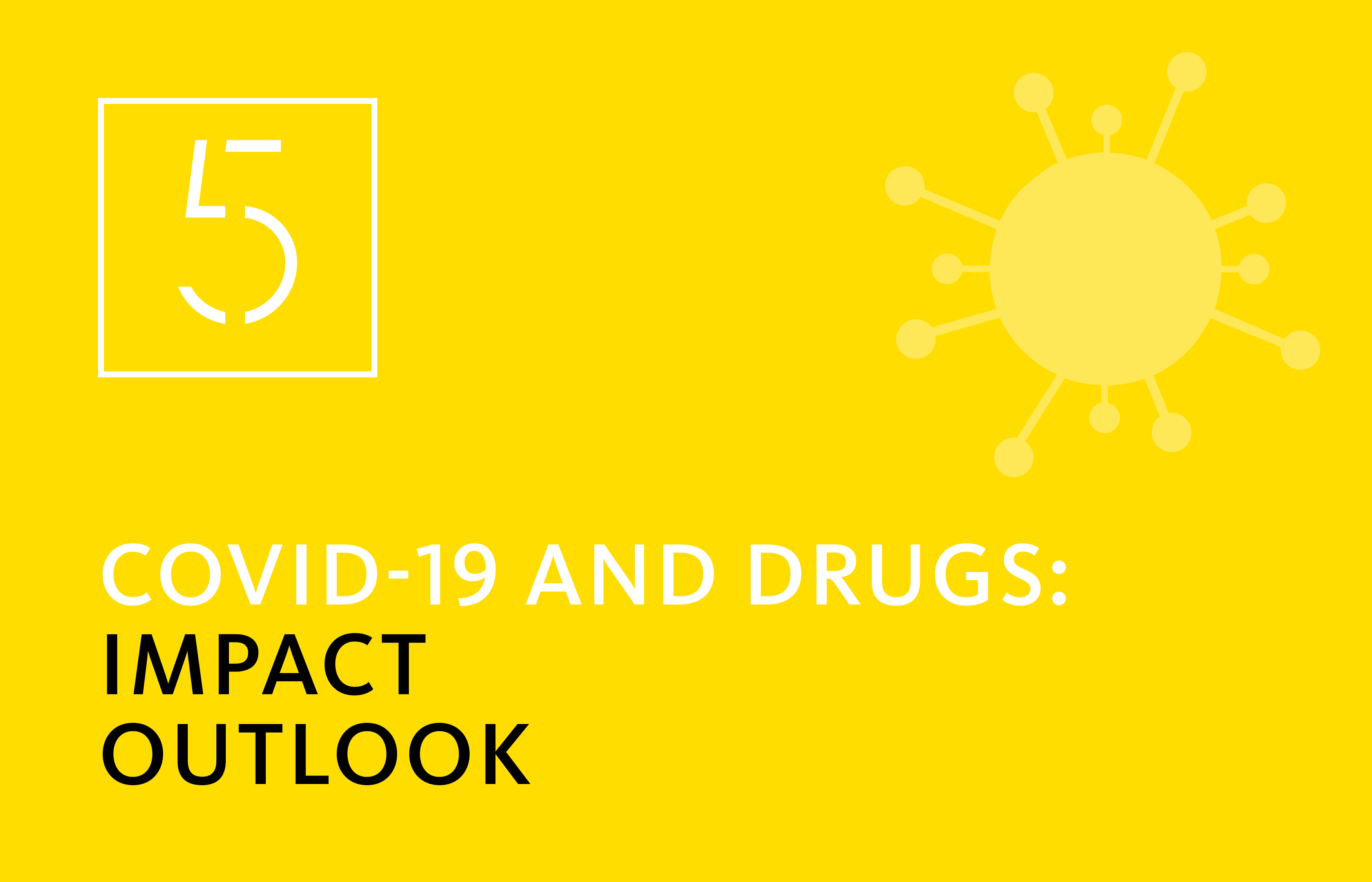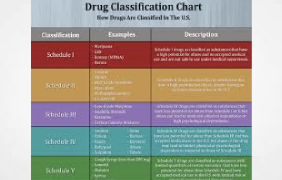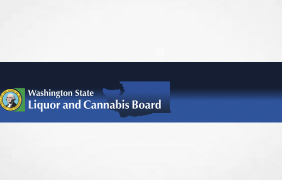Below we’ve drawn out all the relevant information about the report and cannabis and highlighting booklet 3 which covers cannabis (and opioids) .
The elephant in the room not discussed anywhere in the report as far as we can discern is any discussion of the UN re-scheduling of cannabis.
In actual fact in their executive summary all they seem to do with regard to cannabis is concentrate on the negatives and working from the assumption that cannabis is a “drug” that must be “combated”. Writing …..
POSSIBLE RESPONSES
Combat misinformation about the potential impact of the increased strength of cannabis.
» Use fact-based information to raise awareness of the potential harm from non-medical use of cannabis.
» Prioritise public health over private business through a comprehensive ban on advertising.
» Increase investment in research both into the harm cannabis use poses to health and the possible medical uses of the drug.
» Monitor the cannabis markets and the perception of risks associated with cannabis use
» Pre-empt further increases in the number of people who use cannabis, and the harm arising from its increasing non-medical use, through cost-effective measures such as prevention.
Findings & Conclusions
Cannabis products have almost quadrupled in strength in the United States of America and have doubled in Europe in the last two decades.
The percentage of Δ9-THC, the main psychoactive component in cannabis, rose from about 4 per cent to 16 per cent in the United States over the period 1995–2019, and from about 6 per cent to 11 per cent in Europe over the period 2002–2019.
Δ9-THC is responsible for the development of mental health disorders, in long-term, heavy users of cannabis yet the percentage of adolescents perceiving cannabis as harmful has decreased by as much as 40 per cent during the same period.
Surveys of schoolchildren and young adults in the United States and Europe bear out this finding. Limited evidence from other parts of the world suggests a similar pattern.
Such a mismatch between the perception and the reality of the risk posed by more potent cannabis could increase the negative impact of the drug on young generations. Scientific evidence has demonstrated the harm to health caused by regular use of cannabis, particularly in young people.
Evidence from surveys suggests a link between a low perception of risk and higher rates of usage. This is the case not only in Europe and the United States, but also in other parts of the world.
Aggressive marketing of cannabis products with a high THC content by private firms and promotion through social-media channels; can make the problem worse. Products now on sale include cannabis flower, pre-rolled joints, vaporizers, concentrates and edibles.
The potency of those products varies and can be unpredictable – some jurisdictions where cannabis use is legalized set no limit on THC content – and may be a public health concern.
Policy Implications
Combating misinformation on the impact of the use of cannabis products is crucial to enabling individuals, particularly young people, to make decisions based on an accurate perception of the risks.
Awareness-raising and communication efforts that disseminate scientific information without stigmatizing people who use drugs or people with drug use disorders can help to avoid misperceptions.
Messages must be fact-based and a clear distinction must be made among the effective medical uses of cannabis products for some ailments, the use of cannabis products such as CBD in the so-called wellness industry and the consequences of the non-medical use of cannabis.
A comprehensive ban on advertising, promoting and sponsoring cannabis would ensure that public health interests prevail over business interests. Such a ban would need to apply across all jurisdictions. The measures could work in a way similar to the provisions of the WHO Framework Convention on Tobacco Control.
More investment is needed for research into the harm that the non-medical use of cannabis poses to health and to better define the range of health conditions for which cannabis products may be an effective treatment. Global monitoring of the impact of laws that allow for the medical and non-medical use of cannabis is key.
This will need to go beyond the trends in cannabis use in a single country to assessing the frequency and patterns of cannabis consumption, health and socioeconomic consequences and market developments in both the licit and the illicit sectors around the world.
One important aspect to evaluate is the impact of cannabis legalization on the perception of risks associated with cannabis use, particularly among young people, beyond the countries where this legalization is taking place; it would also be critical to assess the risk perceived by young people in low-income countries.
Our initial takeaway from the language of this report is that there is zero desire to even open a discussion about re-scheduling cannabis
All of this comes as no surprise here at CLR as they all have cushy jobs to preserve and any change of the status quo might engender loss of budgets and jobs for a whole range of people, organisations and bodies.
Much better to keep the lid on cannabis and let the black market build (so they can write another annual report about it in 2022).
Thus the cycle of criminalization continues with the most marginalized in the cannabis supply chain suffering the most.
We can be assured this is just the sort of report politicians in places like the UK & Australia will adore.
It allows them to build and allow a few to profit from a “medical cannabis industry” and drive yet more people to the black market for recreational cannabis use.
WDR21_Booklet_1
Here are the details
The annual report looks at supply and demand trends for various substances across the globe each year, and recently began to look at “the impact of the COVID-19 pandemic on drug market dynamics,” too.
“One of the main analyses that we have done this year is to understand how young people perceive cannabis and compare it with the evolution of the cannabis product over the years,” Angela Me, the chief of the Office’s Research & Trends Analysis Branch, said at the start of a report launch event in Vienna, Austria, on Thursday morning.
Consisting of five separate booklets, the World Drug Report 2021 provides an in-depth analysis of the global drug markets and paints a comprehensive picture of the measurable effects and potential impact of the COVID-19 crisis on the world drug problem.
The World Drug Report 2021 is aimed not only at fostering greater international cooperation to counter the impact of the world drug problem on health, governance and security, but also, with its special focus on the impact of the COVID-19 pandemic, at assisting Member States in anticipating and addressing challenges that may arise in the near future.
Here is the full press release
PRESS RELEASE
UNODC World Drug Report 2021: pandemic effects ramp up drug risks, as youth underestimate cannabis dangers
24 June 2021
VIENNA, 24 June 2021 – Around 275 million people used drugs worldwide in the last year, while over 36 million people suffered from drug use disorders, according to the 2021 World Drug Report, released today by the United Nations Office on Drugs and Crime (UNODC).
The Report further noted that in the last 24 years cannabis potency had increased by as much as four times in parts of the world, even as the percentage of adolescents who perceived the drug as harmful fell by as much as 40 per cent, despite evidence that cannabis use is associated with a variety of health and other harms, especially among regular long-term users.
“Lower perception of drug use risks has been linked to higher rates of drug use, and the findings of UNODC’s 2021 World Drug Report highlight the need to close the gap between perception and reality to educate young people and safeguard public health,” said UNODC Executive Director Ghada Waly.
“The theme of this year’s International Day against Drug Abuse and Illicit Trafficking is “Share facts on drugs. Save lives”, emphasizing the importance of strengthening the evidence base and raising public awareness, so that the international community, governments, civil society, families and youth can make informed decisions, better target efforts to prevent and treat drug use, and tackle world drug challenges.”
According to the Report, the percentage of Δ9-THC – the main psychoactive component in cannabis – has risen from around six per cent to more than 11 per cent in Europe between 2002-2019, and around four per cent to 16 per cent in the United States between 1995-2019, while the percentage of adolescents that perceived cannabis as harmful declined by 40 per cent in the United States and by 25 per cent in Europe.
Moreover, most countries have reported a rise in the use of cannabis during the pandemic. In surveys of health professionals across 77 countries, 42 per cent asserted that cannabis use had increased. A rise in the non-medical use of pharmaceutical drugs has also been observed in the same period.
Drug Use Rising, but Science-Based Treatment More Available
Between 2010-2019 the number of people using drugs increased by 22 per cent, owing in part to global population growth. Based on demographic changes alone, current projections suggest an 11 per cent rise in the number of people who use drugs globally by 2030 — and a marked increase of 40 per cent in Africa, due to its rapidly growing and young population.
According to the latest global estimates, about 5.5 per cent of the population aged between 15 and 64 years have used drugs at least once in the past year, while 36.3 million people, or 13 per cent of the total number of persons who use drugs, suffer from drug use disorders.
Globally, over 11 million people are estimated to inject drugs, half of whom are living with Hepatitis C. Opioids continue to account for the largest burden of disease attributed to drug use.
The two pharmaceutical opioids most commonly used to treat people with opioid use disorders, methadone and buprenorphine, have become increasingly accessible over the past two decades. The amount available for medical use has increased six-fold since 1999, from 557 million daily doses to 3,317 million by 2019, indicating that science-based pharmacological treatment is more available now than in the past.
The Dark Web
Drug markets on the dark web only emerged a decade ago but major ones are now worth at least US$ 315 million in annual sales. Although this is just a fraction of overall drug sales, the trend is upwards with a fourfold increase between 2011 to mid-2017 and mid-2017 to 2020.
Rapid technological innovation, combined with the agility and adaptability of those using new platforms to sell drugs and other substances, is likely to usher in a globalized market where all drugs are more available and accessible everywhere. This, in turn, could trigger accelerated changes in patterns of drug use and entail public health implications, according to the Report.
The Drug Market Rebounds and Shifts
The new report shows that drug markets have swiftly resumed operations after the initial disruption at the onset of the pandemic; a burst that has triggered or accelerated certain pre-existing trafficking dynamics across the global drug market. Among these are: increasingly larger shipments of illicit drugs, a rise in the frequency of overland and water-way routes used for trafficking, greater use of private planes for the purpose of drug trafficking, and an upsurge in the use of contactless methods to deliver drugs to end-consumers.
The resilience of drug markets during the pandemic has demonstrated once again traffickers’ ability to adapt quickly to changed environments and circumstances.
The Report also noted that cocaine supply chains to Europe are diversifying, pushing prices down and quality up and thereby threatening Europe with a further expansion of the cocaine market. This is likely to widen the potential harm caused by the drug in the region.
The number of new psychoactive substances (NPS) emerging on the global market fell from 163 in 2013 to 71 in 2019. This reflects trends in North America, Europe and Asia. The findings suggest national and international control systems have succeeded in limiting the spread of NPS in high income countries,where NPS first emerged a decade ago.
Drug Risks, New Developments Spurred by Pandemic
COVID-19 has triggered innovation and adaptation in drug prevention and treatment services through more flexible models of service delivery. Many countries have introduced or expanded telemedicine services due to the pandemic, which for drug users means that healthcare workers can now offer counselling or initial assessments over the telephone and use electronic systems to prescribe controlled substances.
While the impact of COVID-19 on drug challenges is not yet fully known, the analysis suggests that the pandemic has brought increasing economic hardship that is likely to make illicit drug cultivation more appealing to fragile rural communities. The social impact of the pandemic – driving a rise in inequality, poverty, and mental health conditions particularly among already vulnerable populations – represent factors that could push more people into drug use.
***
The World Drug Report and further content is available here: https://wdr.unodc.org/
The 2021 World Drug Report provides a global overview of the supply and demand of opiates, cocaine, cannabis, amphetamine-type stimulants and new psychoactive substances (NPS), as well as their impact on health, taking into account the possible effects of the COVID-19 pandemic.
Booklet 3 – Drug market trends: Opioids, Cannabis
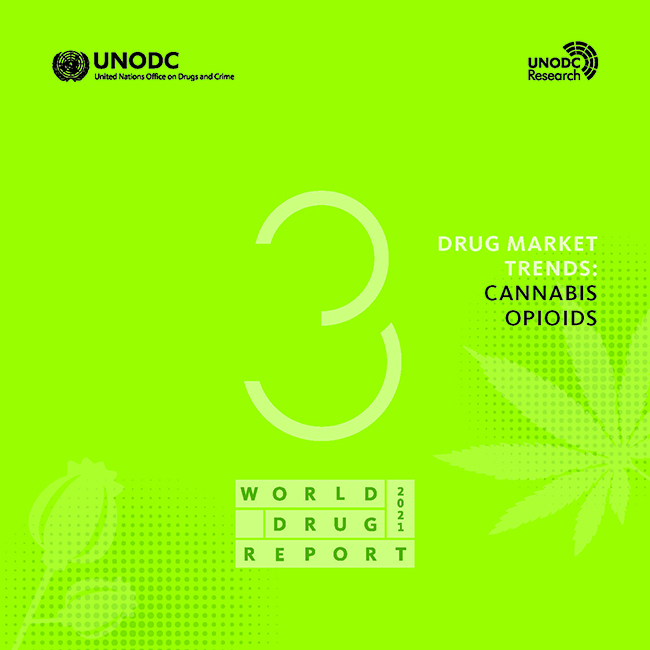 Constituting the third part of the World Drug Report 2021, the present booklet contains an analysis of the global market for cannabis, starting with a review of cannabis supply, including trends in the cultivation of and trafficking in cannabis herb and cannabis resin at the global level and in the various regions. It contains the latest estimates of and trends in cannabis use, including an analysis of changes over time in cannabis use and risk perceptions. The booklet also includes an overview of the latest developments in measures regulating the non-medical use of cannabis in Canada, Uruguay and some jurisdictions in the United States of America.
Constituting the third part of the World Drug Report 2021, the present booklet contains an analysis of the global market for cannabis, starting with a review of cannabis supply, including trends in the cultivation of and trafficking in cannabis herb and cannabis resin at the global level and in the various regions. It contains the latest estimates of and trends in cannabis use, including an analysis of changes over time in cannabis use and risk perceptions. The booklet also includes an overview of the latest developments in measures regulating the non-medical use of cannabis in Canada, Uruguay and some jurisdictions in the United States of America.With respect to opioids, the booklet discusses the overlaps between the various opioids, mostly in terms of demand dynamics. It also contains the latest estimates of and trends in opioid use at the global and regional levels, including an update on the availability of pharmaceutical opioids for medical consumption. That is followed by an overview of the latest estimates of and trends in the supply of opiates, from the cultivation of opium poppy and production of opium to trafficking trends and routes, on the basis of seizures made in the subregions in which opiates are produced and along the routes to the main opiate markets. The booklet concludes with a review of the supply of other opioids, in particular the trafficking trends and routes for fentanyls and tramadol both at the global level and in the subregions most affected.
